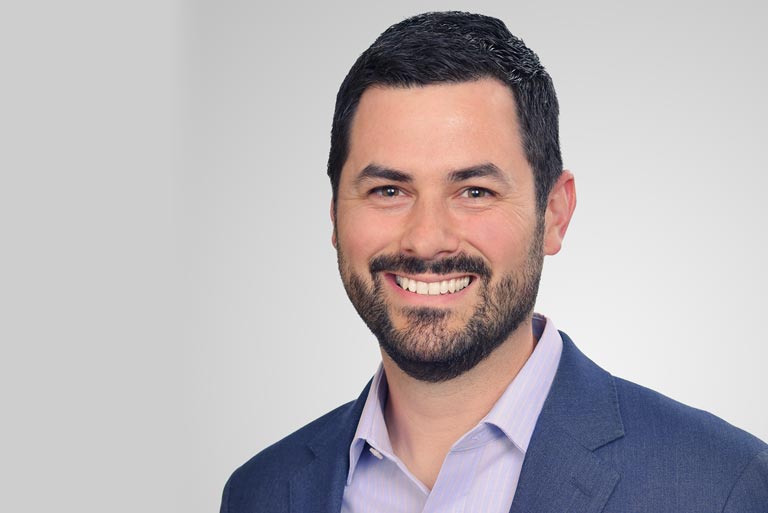Episode 17: “The Big Communications Question” with Kaspar Roos
Kaspar Roos, founder and CEO of Aspire Customer Communications, a boutique consulting firm specializing in the customer communications management (CCM) and digital customer experience industries, answers “The Big Communications Question” in the latest Reimagining Communications podcast.
The Big Communications Question: “We're seeing ownership of transactional communications shifting away from IT and moving more to the marketers and line of business executives. They are basically saying, ‘Well, let's use those communications in a wider omni-channel workflow and use them to drive more business value.’ When we look at enterprises, a key question that needs to be answered is ‘Who ultimately owns that journey? Who is it that owns the overarching communication?’ That's a big question because, traditionally, there are multiple people responsible for it, multiple silos, and it really needs to come from the top."
Cost Savings beyond Print Suppression: “Print suppression is one cost area that is often put forward in a business case because it's an easy one to calculate, but there are lots of other ways to get savings. There are IT savings that can be made by moving from a more traditional way of managing CCM to a more digital way. For example, you could move your infrastructure to the cloud, which reduces a lot of cost. There are savings that you can get by moving ownership from IT to the business by using online design tools or business offering solutions. There are operational costs that can be saved beyond just print suppression. Think about redesigning documents to save on call center costs or other areas for operational savings. There are also risk savings, which are very hard to quantify. A lot of CCM assessments are done to reduce the risk factor; for instance, not being compliant with the new regulation, being too dependent on a particular person that owns all the knowledge, or reputational damage with data breaches. From a cost and risk reduction perspective, print suppression is only one of the factors.”
CX around the World: “When it comes to how European and North American companies differ in digital customer experience, Europe is somewhat more ahead in terms of digital adoption, primarily because the regulatory landscape is so different. In several European countries, governments have actively mandated the transition to digital communications. The other aspect, in the U.S. in particular, the volumes are so much higher. It makes sense that you would be very careful before you make any changes to how you communicate with your customers. In some industries, like U.S. healthcare, if you mess it up, you get high fines. You need to be extremely certain before you make any changes. Fundamentally, I don't think the markets differ that much. It's more the regulatory landscape that is different.”
Intentional Communications: “When you look at service providers and how they are evolving to help their customers and to drive more business value through communications, it happens in various ways. One way is for them to drive the experience by optimizing the underlying business process. We see this a lot with payment processes; for instance, ‘Instead of having a broken payment process, let's digitize it and add payment options within the communications piece.’ We also see more interactive communication pieces, like videos. Videos are a great way of helping consumers understand what the value is of a particular brand. Personalized videos are being used more as part of the onboarding process, especially for complex products. It's not simply saying a person's name. It's all about adding personalization by understanding the product offering and really making it relevant for the recipient. Enterprises are becoming much more intentional in how they communicate to customers. At certain points of the customer journey, it makes sense to send a particular type of communication – whether it's a printed document or whether it's an interactive, personalized video. Being able to switch between those channels dynamically and being able to track, optimize and analyze that, that's where we see a lot of traction and where success is happening.”
Never miss an episode: Click the icon to subscribe to the Reimagining Communications podcast on the channel of your choice.












